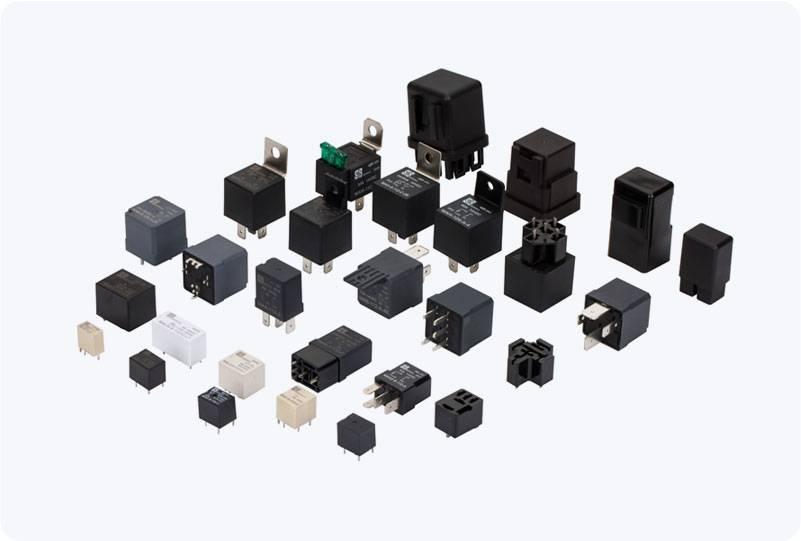In the realm of industrial automation, ensuring the safety of both operators and machinery is paramount. One of the most critical components used to achieve this is the safety relay. A safety relay is a device that plays a pivotal role in safeguarding against hazardous situations by monitoring and controlling the functions of safety devices, such as emergency stop buttons, light curtains, and safety interlocks. These relays are an essential part of safety circuits, acting as a bridge between safety components and control systems. This article explores the function, importance, and applications of safety relays in industrial environments.

What is a Safety Relay? A safety relay is an electromechanical device designed to monitor safety-related signals and control the operation of connected equipment in a safe manner. It works by continuously evaluating inputs from safety components, such as sensors or switches, and transmitting output signals to control systems. In the event of a malfunction or hazardous condition, the relay can instantly trigger an alarm, stop machinery, or isolate power to prevent accidents. Safety relays are typically designed to comply with international safety standards, such as ISO 13849-1 or IEC 62061, to ensure they meet the necessary performance and reliability requirements for safety-related applications. These standards define the functional safety of the devices, specifying the required performance levels (PL) and safety integrity levels (SIL) that must be achieved for the relay to function correctly in various conditions.